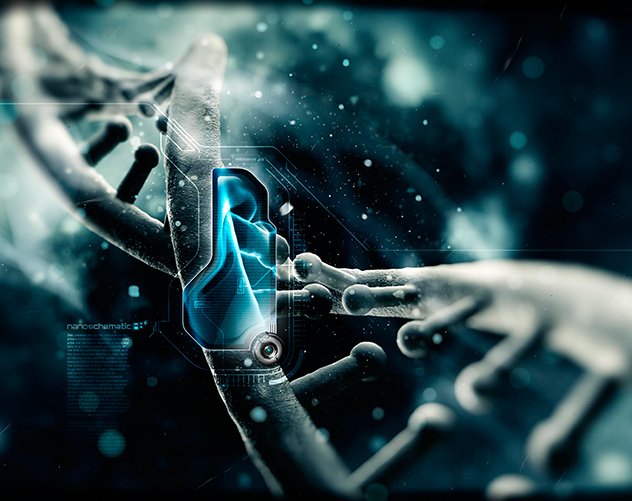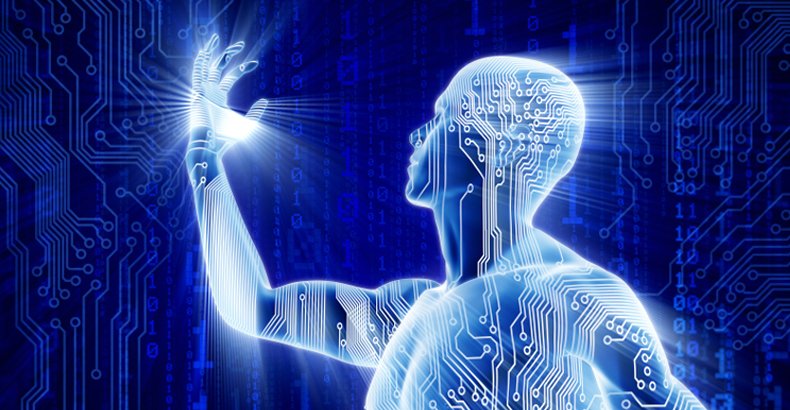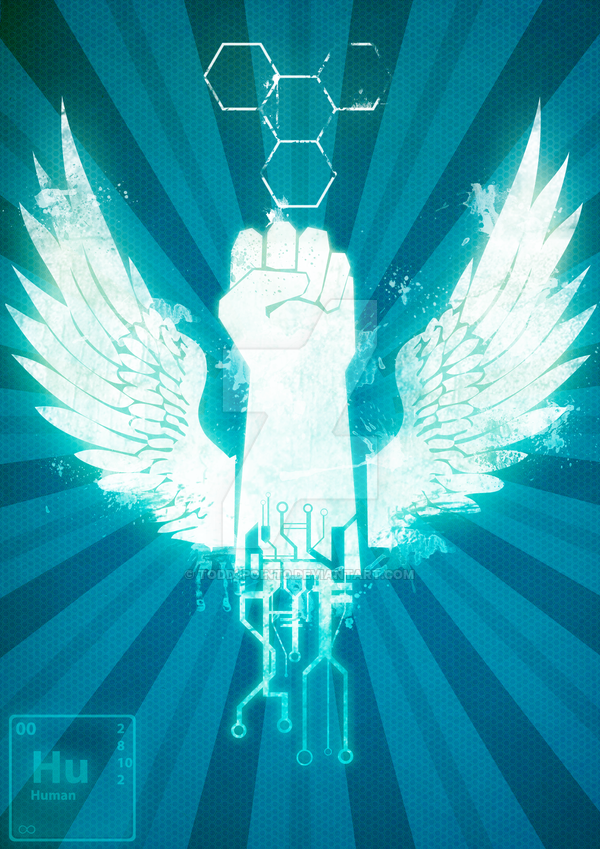On the eve of the new film "Blade Runner" I want to ponder a little about the idea of transhumanism, how good it is or how dangerous it is. I have not watched the film yet, I want to see it today, but I'm sure that I'm a fan - I'll be very pleased.

From ancient times a person dreams of overcoming the limits of his abilities: to fly like a bird, to swim like a fish, to live without disease, or to become immortal. The reality is cruel, and often people just have to fight for their lives under the pressure of circumstances - but this fact time after time leads to the fact that our dreams become reality. With the help of scientific and technological progress and social organization, modern man could take a place at the top of the food chain and make his daily life as safe as possible. Be that as it may, there is still no direct way to qualitatively overcome the limitations of its biological nature. But will it always be so?
Transhumanism and posthumanism are related concepts of worldviews, based on the prospects for the further evolution of man. According to them, in the future the Homo sapiens era will be replaced by a more perfect humanity, which, with the help of science and advanced technologies, will get rid of most of the limitations and problems, its own body. Wherever natural evolution has reached its limit, artificial evolution will start, controlled by the people themselves.
The posthuman will no longer be a "man" in the sense we are familiar with today, but people from the point of view of biology will lose their common species identity. At the heart of this, of course, is the idea that in human beings of our time evolution has not ended, but only began its new turn.

The tools used by transhumanists to achieve their goals include genetic manipulation, nanotechnology, cybernetics, pharmacological improvement and computer modeling. The most ambitious and controversial transhuman vision implies even the concept of loading the mind into a virtual network so that the carrier can continue to exist in the form of information flow even after biological death. According to the supporters of this concept, advances in computing and neurotechnology over the next few decades will partially and even fully simulate a complete copy of the individual brain that will function within the computer. In his book The Enchanted Loom (1981), Richard Jastrow reflects on such a future: "Finally, the human brain, encased in a computer, was freed from the weakness of fatal flesh ... It controls its own destiny ... Put in an indestructible lattice of silicon and no longer restrained by anything ... Such a life can last forever. "

Singularity is the concept proposed by Vernon Wing. In 1993, he predicted that an exponential increase in scientific and technical knowledge coupled with sustained feedback from artificial intelligence systems would soon lead to mass destabilization and transformation of all social structures, technical devices and people that would be transformed into "higher beings." Although the singularity is the most extreme of transhumanist concepts, the idea that humanity must design the next stage of its own evolution and expand its capabilities to the loss of the biological nature habitual to us has captured the minds of many specialists and scientists in a wide range of fields, from biology to engineering and astronomy.
Conclusion
Nanotechnology, biotechnology, information and cognitive technologies - the synthesis of many different scientific directions and is, by and large, the embodiment of transhumanism. Fiction and cinema draw pictures of the future with a fair amount of imagination, but the concept of directed evolution has long ceased to be a fantasy and gradually turns into reality around us. Of course, and this man will not stop: immortality is only a convenient tool that allows a truly inquisitive mind, free from the limitations of perishable flesh, to continue to explore the universe and improve oneself on a qualitatively new level.

